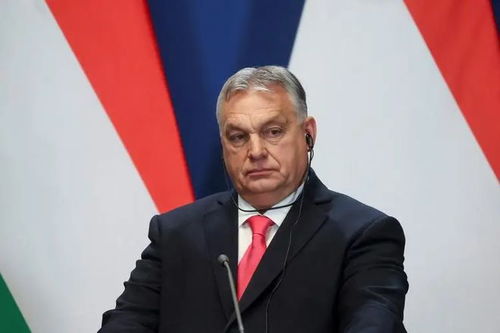Understanding the European Union: A Comprehensive Overview
The European Union, often abbreviated as EU, is an economic and political union of 27 member states that are located primarily in Europe. It is one of the largest and most influential organizations in the world, with a population of over 447 million people. In this article, we will delve into the various aspects of the EU, including its history, structure, economic impact, and challenges it faces.
History of the European Union

The EU’s roots can be traced back to the aftermath of World War II, when European leaders sought to prevent future conflicts by fostering economic cooperation. The European Coal and Steel Community (ECSC), established in 1951, was the first step towards this goal. Over the years, the EU has evolved through various treaties and agreements, leading to the current structure we see today.
| Year | Event |
|---|---|
| 1951 | Establishment of the European Coal and Steel Community (ECSC) |
| 1957 | Signature of the Treaty of Rome, leading to the creation of the European Economic Community (EEC) |
| 1967 | Merger of the ECSC, EEC, and European Atomic Energy Community (EURATOM) into the European Community (EC) |
| 1993 | Entry into force of the Maastricht Treaty, establishing the European Union |
| 2009 | Signature of the Lisbon Treaty, further enhancing the EU’s institutional framework |
Structure of the European Union

The EU is structured around several key institutions, each with its own role and responsibilities. The main institutions include the European Commission, the European Council, the European Parliament, the European Court of Justice, and the European Central Bank.
The European Commission is the executive branch of the EU, responsible for proposing legislation, implementing decisions, and managing the EU’s day-to-day operations. The European Council, consisting of the heads of state or government of the member states, provides overall political direction to the EU. The European Parliament, directly elected by EU citizens, is the legislative branch and shares legislative power with the Council. The European Court of Justice ensures that EU law is interpreted and applied consistently across all member states. Finally, the European Central Bank manages the monetary policy of the Eurozone.
Economic Impact of the European Union

The EU has a significant economic impact on its member states and the global economy. With a combined GDP of over 鈧?4 trillion, the EU is the largest economic bloc in the world. The single market, established in 1993, has eliminated most trade barriers among member states, fostering economic growth and integration. The EU also plays a crucial role in shaping global trade policies and agreements.
Here are some key economic aspects of the EU:
- Single Market: The EU’s single market allows for the free movement of goods, services, capital, and people among member states, creating a vast economic area.
- Common Currency: 19 of the 27 member states use the Euro as their official currency, facilitating trade and economic cooperation.
- Regulation and Standards: The EU sets common regulations and standards in various sectors, ensuring a level playing field for businesses and consumers.
- Research and Innovation: The EU invests heavily in research and innovation, supporting the development of new technologies and industries.
Challenges Facing the European Union
Despite its many achievements, the EU faces several challenges that threaten its future. Some of the key challenges include:
- Political Fragmentation: The EU has been experiencing increasing political fragmentation, with member states having differing views on various issues, such as immigration and economic policy.
- Economic Inequality: There is a growing economic divide between member states, with some countries struggling to keep up with the economic progress of others.
- Brexit: The UK’s decision to leave the EU in 2016 has raised questions about the future of the EU and
